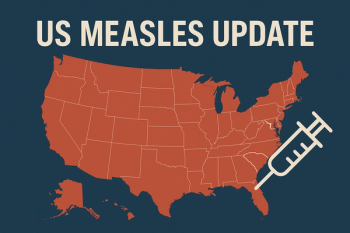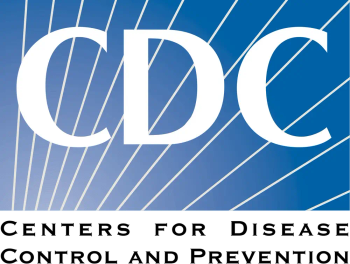
NICU Visitor May Have Exposed Nearly 50 People to TB in Ohio
A visitor to Akron City Children’s Hospital neonatal intensive care unit in Akron, Ohio, may have inadvertently exposed nearly 50 people to tuberculosis (TB) during the months of November and December of 2016.
A visitor to Akron City Children’s Hospital (ACCH)’s neonatal intensive care unit (NICU) in Akron, Ohio, may have inadvertently exposed nearly 50 people to tuberculosis (TB) during the months of November and December of 2016. Those exposed included infants, other visitors, and hospital staff. The Summit County resident who was infected with TB may not have been experiencing any symptoms at the time of exposure as the resident was not diagnosed until January 3, 2017.
Upon learning of the diagnosis, the hospital set up a clinic to preventatively treat the NICU patients and their families with the hopes of preventing infection. Tuberculosis is known to be particularly troublesome in pediatric and neonatal patients.
The Summit County Health Department
Akron City Hospital notified all parents of infants potentially exposed to the illness as well as any staff or visitors who may have been exposed. “We are contacting people who need to be tested,” a spokesperson said in the release.
Margo Erme, MD, Summit County’s medical director, noted in a public health
Summa Health, of which the ACCH is a part,
Tuberculosis is considered
Tuberculosis bacteria spread when a person with active TB coughs, sneezes, or talks, but the TB bacteria die upon hitting a hard surface like a floor or counter and cannot be spread by hand-to-hand contact or even sharing silverware. In the United States,
Akron City Hospital itself emphasized via a public statement from pediatric infectious disease specialist John Bower, MD, that “infants who were in the NICU at the Akron Children’s Hospital campus were not at risk of exposure.” Dr. Bower went on to say that the hospital would evaluate all infants in the NICU during the times that the infected individual visited and “begin them on a protective antibiotic…at no cost to our patient families.”
At time of publication, no additional cases of TB had been diagnosed, although some patients are still within the window during which the body might be developing a response to the infection.
Newsletter
Stay ahead of emerging infectious disease threats with expert insights and breaking research. Subscribe now to get updates delivered straight to your inbox.



















































































































































































































































































